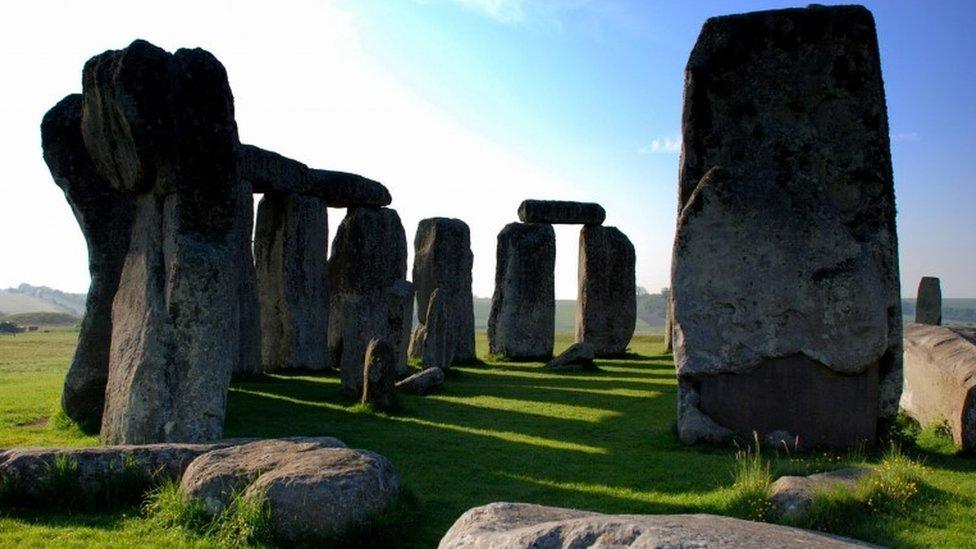Unesco experts assess Stonehenge A303 tunnel plan
- Published
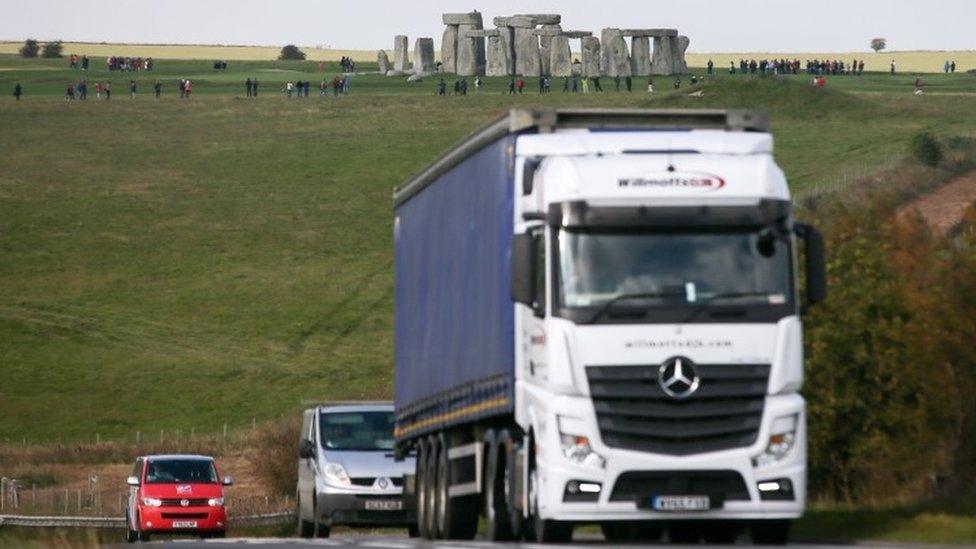
The proposals involve building a tunnel for the A303 which runs past the ancient monument
World heritage experts are visiting Stonehenge later to assess government plans to build a tunnel for the main road past the monument.
The government included a 2.9km tunnel for the A303 in its £15bn road-building programme, last December.
Officials from Unesco and the International Council on Monuments and Sites (Icomos) are making the visit.
Unesco had backed original tunnel plans but they were dropped in 2007 by the then Labour government.
'Special landscape'
The officials were invited for a four-day visit by the Department for Culture, Media and Sport and will be given a tour by the National Trust and English Heritage.
Ian Wilson, assistant director for the National Trust, said: "This is about getting to know all the changes that have happened in and around the area since the last scheme because we know an awful lot more about the landscape."
"In particular, we know what makes the whole landscape special as opposed to just the stones."
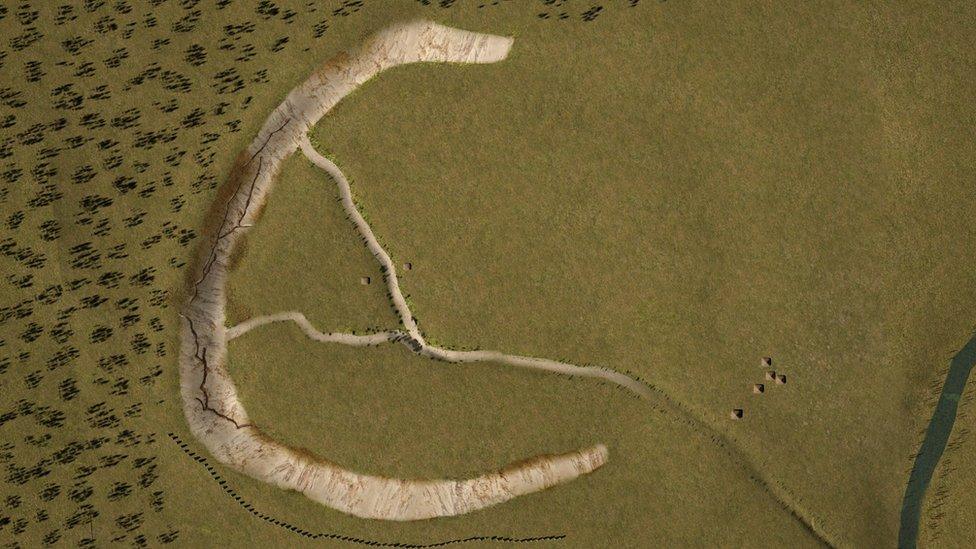
A so-called "superhenge" was discovered in September, close to Stonehenge
Stonehenge is managed by English Heritage and the surrounding 2,500 acres of land is owned by the National Trust.
Since the plans were dropped in 2007, the A344 which passed alongside Stonehenge was closed and resurfaced with grass.
A number of other archaeological discoveries have been made such as the "superhenge" at Durrington Walls in the local area.
Highways England which is leading the project has not yet drawn up plans of where the tunnel may be placed.
Mr Wilson added: "We will also be looking at all the various issues, not just the archaeology but also how people will access the site, so there is plenty to talk about."
Although the tunnel is supported by the National Trust, and Historic England, the Stonehenge Alliance and others believe it would would endanger the World Heritage Site.
Senior druid, King Arthur Pendragon, is supportive of a tunnel on condition that any human remains disturbed during the building work would be re-interred as close as possible to their original resting place.
- Published1 December 2014
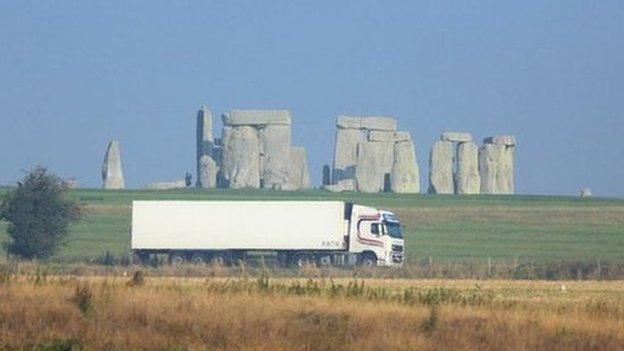
- Published1 December 2014
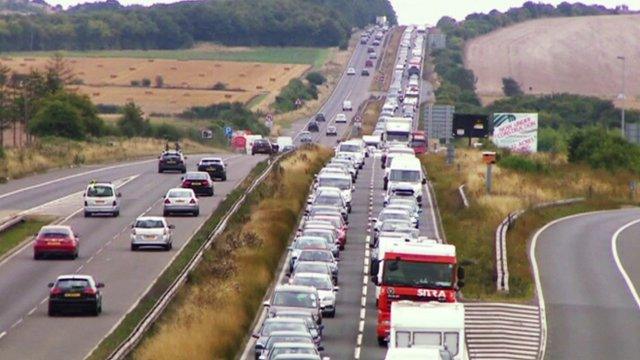
- Published1 December 2014
